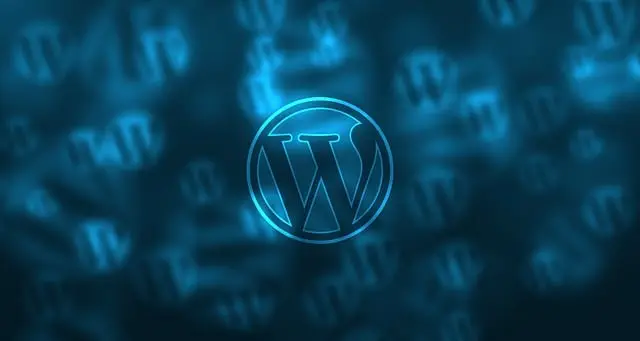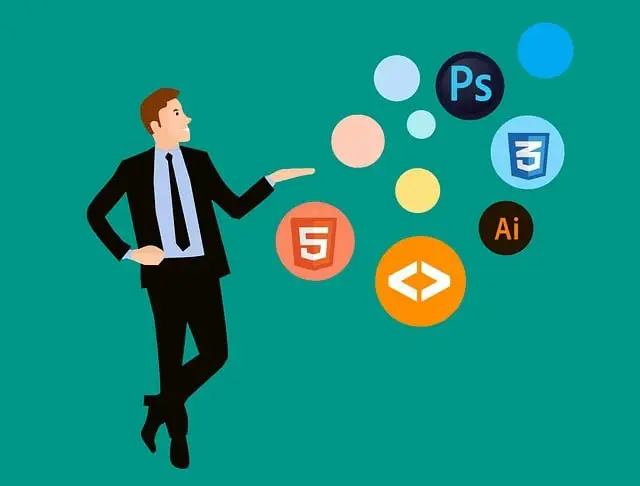WordPress website design in Bayonne, NJ focuses on accessibility guided by Web Content Accessibility Guidelines (WCAG) 2.1 Level AA. By incorporating features like alt text, clear navigation, and high-contrast color schemes, developers create inclusive digital spaces that comply with legal obligations and expand audience reach. Tools like WP Accessibility and resources from the W3C assist in achieving compliance, fostering an online community accessible to all users, including those with disabilities. Regular audits and updates ensure continued accessibility for businesses targeting the Bayonne, NJ market.
In the digital age, ensuring your WordPress website design is accessible to all users is not just ethical but crucial. With a significant portion of the population having disabilities, complying with accessibility standards like WCAG (Web Content Accessibility Guidelines) becomes vital for businesses in Bayonne, NJ, and beyond. This comprehensive guide explores how to create inclusive WordPress sites, from understanding key accessibility standards to implementing best practices, leveraging tools, and maintaining an accessible online presence.
- Understanding WordPress Accessibility Standards
- Importance of Accessible WordPress Websites
- Implementing Best Practices for WordPress Design
- Tools and Resources for Accessibility in WordPress
- Ensuring Inclusivity: Testing and Maintaining an Accessible Site
Understanding WordPress Accessibility Standards

In the realm of WordPress website design in Bayonne, NJ, accessibility standards are paramount to ensuring inclusivity for all users, including those with disabilities. These standards, guided by Web Content Accessibility Guidelines (WCAG), set a framework for creating digital content that can be perceived, understood, and interacted with by everyone. For instance, WCAG 2.1 Level AA requirements mandate clear and consistent navigation, sufficient color contrast, and alternative text for images to support visually impaired users.
By adhering to these accessibility standards, WordPress developers in Bayonne NJ can transform websites from mere visual interfaces into tools of digital equity. This involves using proper heading structures, providing captions for multimedia content, and ensuring keyboard navigability. Such inclusive design practices not only comply with legal requirements but also expand the website’s reach, fostering a vibrant online community that welcomes users from all walks of life.
Importance of Accessible WordPress Websites

In today’s digital landscape, ensuring your WordPress website design in Bayonne NJ is accessible is more than just a best practice—it’s a necessity. Accessible websites cater to all users, including those with disabilities such as visual impairments, motor impairments, or cognitive differences. By adhering to Web Content Accessibility Guidelines (WCAG), businesses can reach a wider audience and comply with legal requirements like the Americans with Disabilities Act (ADA). An accessible WordPress site enhances user experience for everyone, encouraging longer visits and higher engagement rates.
Bayonne NJ’s competitive business environment demands that websites not only look great but also function optimally for all visitors. Well-designed accessibility incorporates features like alt text for images, keyboard navigation, and clear content structure. These elements enable users to interact with the site using screen readers or other assistive technologies. Ultimately, a focus on accessibility means creating inclusive digital spaces that enrich user experiences and foster a more diverse and equitable online community.
Implementing Best Practices for WordPress Design

Implementing best practices for WordPress design is paramount in ensuring your website is accessible to all users, including those with disabilities. When crafting a WordPress website design in Bayonne NJ, consider utilizing proper heading structures, alternative text for images, and consistent navigation to create a seamless experience for everyone. Proper use of semantic HTML elements helps screen readers interpret content accurately.
Additionally, incorporating high-contrast color schemes, clear and concise language, and keyboard navigability enhances accessibility. These practices not only cater to users with visual or motor impairments but also improve overall user experience. A well-designed WordPress website in Bayonne NJ that adheres to these guidelines is more inclusive and better positions your business to reach a wider audience.
Tools and Resources for Accessibility in WordPress

Creating an accessible WordPress website is easier than ever with a variety of tools and resources available. For developers in Bayonne, NJ looking to build or enhance their sites, there are numerous plugins that cater specifically to accessibility. One popular choice is WP Accessibility, which offers features like alternative text for images, keyboard navigation support, and automatic heading structures, ensuring your site adheres to Web Content Accessibility Guidelines (WCAG).
Additionally, online resources such as the W3C’s WCAG guidelines provide comprehensive information on making web content accessible. For a local focus, the Bayonne Chamber of Commerce or community groups can offer insights into best practices for inclusive design. These resources empower developers to create WordPress websites that are not only visually appealing but also functional and usable by everyone, aligning with the city’s commitment to accessibility in digital spaces.
Ensuring Inclusivity: Testing and Maintaining an Accessible Site

Ensuring inclusivity is paramount in WordPress website design, especially for businesses based in Bayonne, NJ, aiming to reach a diverse audience. Testing and maintaining accessibility guarantees that your site is usable by individuals with various disabilities, adhering to Web Content Accessibility Guidelines (WCAG). Regular audits using tools like WAVE or Lighthouse can identify issues like poor color contrast, missing alt text on images, or complex navigation.
Addressing these problems involves simple yet effective solutions. Adjusting color contrasts and ensuring clear, concise content improves readability for visually impaired users. Adding descriptive alt text to images aids screen reader users, while simplifying menu structures enhances usability for those with cognitive disabilities. Continuous testing and updates are crucial to maintain an accessible site, fostering an inclusive online environment for all visitors.
